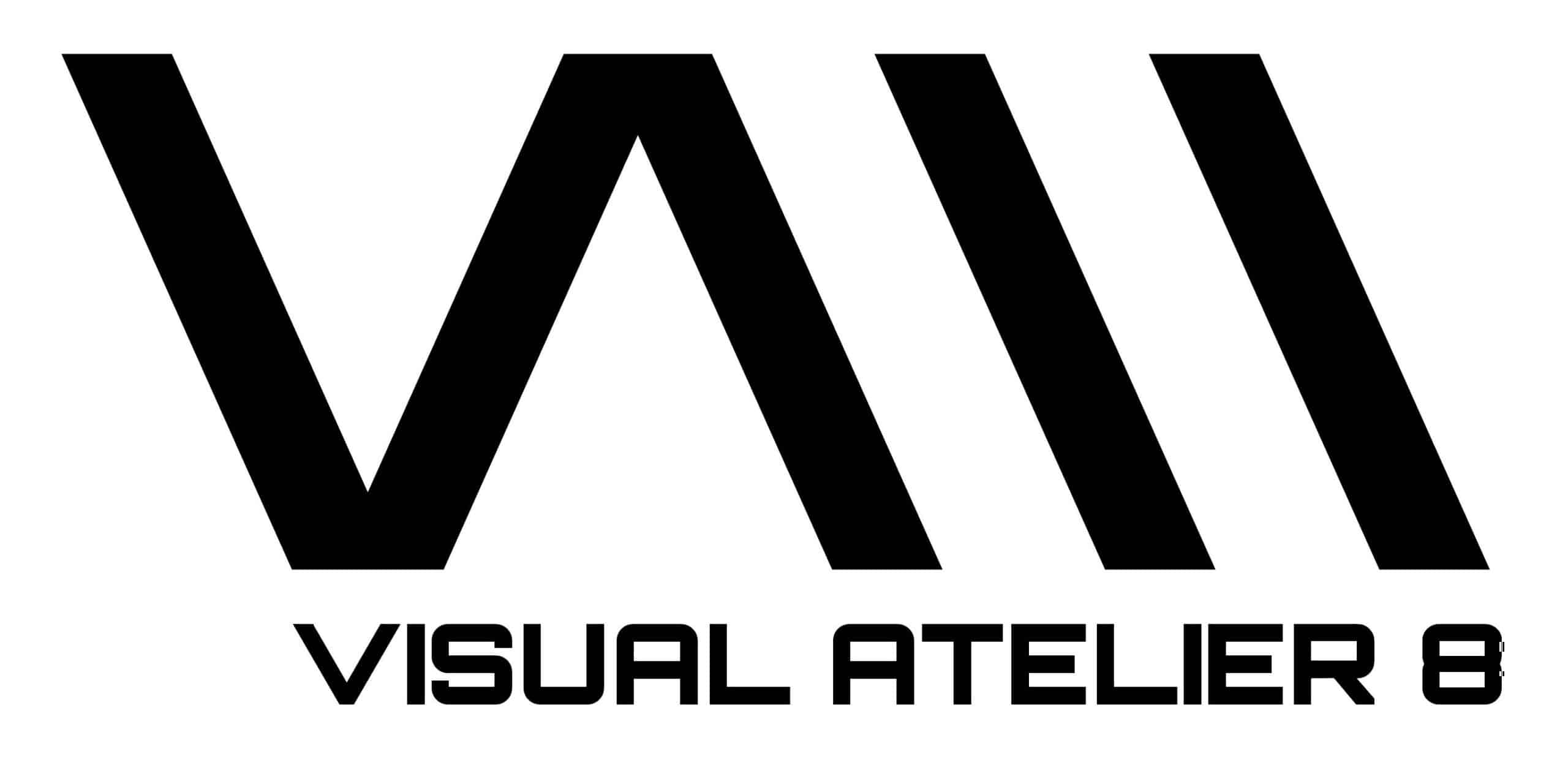
In conversation with Masquespacio about their unique and strong visual identity
Masquespacio is a prominent design studio based in Valencia, Spain, known for its distinctive approach to interior design and branding. Founded by Ana Milena Hernández Palacios and Christophe Penasse, the studio has garnered international acclaim for its innovative and playful designs that blend vibrant colors, bold patterns, and contemporary aesthetics. Their projects span various sectors, including hospitality, retail, and residential spaces, each characterized by a unique narrative and a strong visual identity. Masquespacio’s work often incorporates whimsical elements and a keen attention to detail, resulting in spaces that are both functional and visually captivating.
In addition to their interior design projects, Masquespacio is celebrated for its ability to infuse personality and story into every design they undertake. Their approach often involves a deep exploration of the client’s brand and target audience, translating these insights into creative concepts that stand out in the crowded design landscape. The studio’s commitment to originality and their fearless use of color and form have made them a sought-after name in the design world, with their work frequently featured in design magazines and exhibitions globally.
A big and warm welcome to Masquespacio, a duo made up of two insanely creative individuals who head this design studio. Working on a global scale, the Spaniard pair are widely known for their experimental yet innovative artistic experiences and products. Firstly, we would love to hear about how you two connected and began this journey together.
Honestly, our story began with a love story. We met during one of the few rainy days we have in Valencia in October almost 17 years ago. Chris was studying Spanish, while Ana was studying interior design and juggling a weekend job at a bar to cover expenses. From that moment, we started together as a couple. A few years later when Ana finished her studies, we were in the middle of a financial crisis in Spain with a lack of job opportunities. Chris was already working at that time, but wasn’t finding his way with his job and thus proposed Ana to start a studio together.
The studio was first focused on the design of houses, but when we did the first one we realized we couldn’t be as creative as we wanted in this type of projects, for which we started to focus on hospitality design. At the beginning we also incorporated graphic design, art direction and consulting in our services until we decided one day to close all departments and focus on what we really liked to do, interior design.
It was a very tough decision as we were mostly living from the other services, but we realized that if we wouldn’t take the step people would recognize us as a branding agency and not as an interior design studio. The rest is history and made us grow into what we are today, 15 years later.



Determining the perspectives within a space can be quite the task. And yet, the spirit of Masquespacio is able to seamlessly envision and execute such dreamy visions into a designed space. Could you tell us a little bit about the process when it comes to designing such places?
There are several factors we use to get on a project. First of all, we need a client with which we can find a connection as our relationship needs to be based on mutual trust. Second, we need to listen to them, learn about their business model, but also about their personal taste to find the correct design direction for them. Then we do a space study with the aim to see if there is some ancient architecture in the space that could be attractive to be reused and from there we develop a 3D proposal.
It is important to highlight here that we need to understand the clients’ budget, but also be open to making adjustments on the design to achieve a bigger success and align 100% with the client. It is true that we always seek for an experience that generates emotions in a space and the client needs to be ready for a groundbreaking proposal.
What have been some of your favorite moments working together? Any projects that stand out from the rest that you two are most proud of?
It’s definitely the vision of finding the correct path together mixing Ana’s design aptitude and Chris’s marketeer / entrepreneur aptitudes. Making the right choices can help you progress and sometimes saying no, even if you’re not in your best moment can help you to take a step further. Decisions like closing the graphic design department or saying no to a big client have been proven as being the best moments in our careers as it felt us to take a step further. On the other side we are having the luck to work in different countries and with different cultures.
Definitely knowing new cultures and traveling abroad to connect with people that love what we do is one of our best experiences. From the last years in that sense we would stand out the project we designed for MO in Saudi Arabia. This was our first opportunity to work in the country and connect with the culture, which has being an enormous journey, being one of the main areas were we develop projects at this moment.
Also very interesting is our collaboration with Swedish / Chinese brand Lynk & Co, because it’s a brand very sensitive with design, always in search of innovation. This is something that is a bit difficult to find in the bigger brands, which are mostly looking for a well known trend.



How important is collaboration with other creatives or brands to your studio’s success? Can you give examples?
It is true that we are very individual in our approach and although in the new generations it is very normal to have different creatives from different studios collaborate together, for us with our own strict vision it is not an approach that we have tried to achieve. On the other side our little team is very collaborative in the sense that the designers collaborate in the projects together with Ana, even the last years in the smaller once they can have an own development, but always below Ana’s artistic direction and guidance through the project.
Brand wise the success of the brand will bring success for us and vice versa. Like with our last project for Amiko if customers like the interior design experience then word of mouth, press and social media sharing will bring more people to the shop. This will then create a positive impact for us as it will bring us new customers in an organic way. On the other hand when we do capsule collections like for Hoff and Monoprix it will elevate our status and open our reach to other customer types.



We are delighted by the original ceramics Masquespacio has created, as well as furniture. There seems to be a heavy emphasis on a defined shape that becomes metamorphosed. What draws you towards this focus and what significance do you draw from shapes?
We have been working many years developing collections for other brands and always dreamt about heaving our own in-house production line. Having our own in-house production line gives us the opportunity to create and experiment almost on a full-time base. While our work as an interior design studio is sometimes a bit static and mainly focused on computer work, the ceramic workshop creates a very dynamic environment.
Behind the idea of starting the workshop is also the idea of exploring Ana’s more artistic approach and search for the boundaries of her creative capacity. Production related on the other hand we like to mix 3D-printing and handmade processes looking for a blend between craftsmanship and technology, where the printer creates the shapes you can not create easily by hand versus the organic shapes touched by the human process.



How do you ensure that your designs remain relevant in a constantly changing digital landscape?
It has always been part of our DNA to search for innovation in our projects and this is one of the main requirements we have when someone wants to work with us. Although it is true that in a very saturated design world trends are now applied everywhere and clients are a bit more focused on following a trend than ever before.
It is definitely our aim and challenge to continue search for ways to take our projects further than just a nice design, but it is also true that if we reach a moment where the market demands something more standard, we will need to refocus to find the direction of continuing to be authentic. Definitely our ceramic workshop plays a big role in this future we are imagining.
What tools and technologies do you frequently utilize in your design work?
For interior design we use mainly autocad and 3ds.max while in the workshop as mentioned before we also use 3D-printing. We have always tried to maintain our processes as simple as possible and the same happens with our working tools, where the same rule is applied. We prioritize simplicity in both our processes and tools.
For the final question… How do you envision the future of design, both for your studio and the industry as a whole?
We think we are in a moment where it is challenging to be very creative, specially in Europe as prices for construction and production skyrocketed. This has opened the door to a new era of studios that offer more standard and minimalistic solutions with a limited use of materials. We imagine that towards the future we will see a huge difference in this sense between this minimalistic approach and the maximalism approach for the luxury oriented projects.


All images courtesy of Masquespacio, shared with permission
Masquespacio website: https://masquespacio.com/

